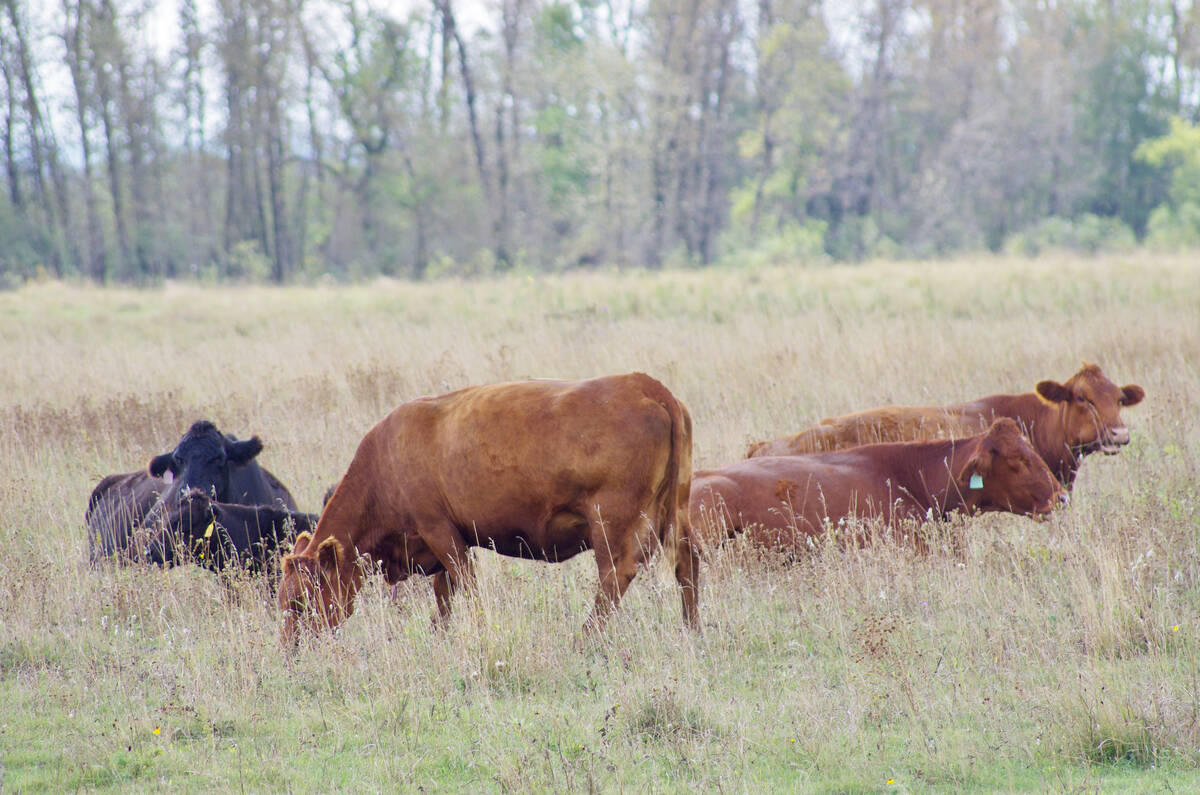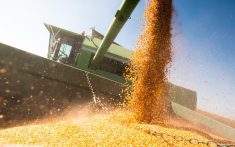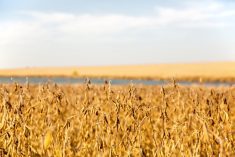MarketsFarm — With intense heat and very little rain, soybean and corn crops have been having a very tough time in South America, according Dr. Michael Cordonnier of Soybean and Corn Advisor at Hinsdale, Ill.
Be they from private consultancies or government bodies such as the U.S. Department of Agriculture or its Brazilian equivalent CONAB, there has been a long series of downward revisions regarding 2021/22 production numbers, especially for soybeans.
Last week, CONAB slashed its estimate of soybean production in Brazil by 12.5 million tonnes, which Cordonnier called “stunning.” The agency is now expecting about 125 million tonnes. In comparison, in USDA’s February supply and demand estimates, it called for 134 million tonnes of soybeans in Brazil.
Read Also

U.S. livestock: Chicago cattle futures climb on post-Thanksgiving trade
Chicago | Reuters – Chicago Mercantile Exchange’s live and feeder cattle futures ticked up on Friday in a day of…
While the CONAB and USDA numbers keep Brazil as the world’s largest soybean producer, it’s a far cry from the 144 million tonnes initially anticipated. The ongoing harvest will also be a big step back from last year’s record crop of more than 137 million tonnes.
How much further down these production estimates can go is what Cordonnier called “the ultimate question,” expecting the end result to go lower yet. He pointed to CONAB’s projection for the Brazilian state of Rio Grande do Sul, which he said was 2.5 million tonnes above local estimates.
“In that one state alone, the CONAB estimate might come down another two million tonnes or so,” he said.
“It’s unprecedented. They had weeks and weeks of record-high temperatures, no rainfall and now the forecast is worrisome,” he added, noting more hot and dry weather is on the way for southern Brazil.
While Brazil has seen its record crop evaporate, Cordonnier said Paraguay has been worse off. Its crop was expected to be 10.5 million tonnes, but he puts it at five million with the possibility of falling to four million.
“Paraguay had the worst weather of any country in South America,” he said, citing long stretches of temperatures hotter than 40 C and hardly any rain.
Paraguay’s second soybean crop is facing uncertainty as to whether it will be able to germinate and get a good stand because of the drought conditions, Cordonnier said.
As for Argentina, he said the country’s soybean crop is holding so far, but it’s not as good as producers wanted it to be. Modest rains aided the crop’s development, but another stretch of dry weather is coming just as flowering and setting of pods is underway.
“This is their critical period. The next 30 days is going to determine the Argentine soybean crop,” Cordonnier said.
As for South American corn, he said it’s not as bad off as the continent’s soybeans.
In Brazil the first corn crop, which is usually around 25 per cent of total production, struggled with the dry conditions in the south of the country. The crop in the north fared better, Cordonnier said. But more dry weather is on its way, which will pose a major threat to Brazil’s much larger safrinha, or second corn crop.
That dryness will also challenge Argentine corn production, with a chance of yields falling significantly, according to Cordonnier.
“Their first phase of planting, which is about 40 per cent of the total, was severely impacted by the hot and dry weather. The second phase of planting is starting to pollinate and they need rain,” he said, noting total production could tumble 35 to 40 per cent.
“This is going to make the United States and Canadian crops super important,” he added, stressing a lot will be dependent on what happens with the weather.
“If we have a weather concern in North America, the prices [for corn and soybeans] are going to be really, really volatile,” he said.
Adding to that will be the competition in both countries over which crops get planted more than others. He pointed to good prices for all major crops, making it extremely difficult to guess how many acres of each could be planted this year.
— Glen Hallick reports for MarketsFarm from Winnipeg.















